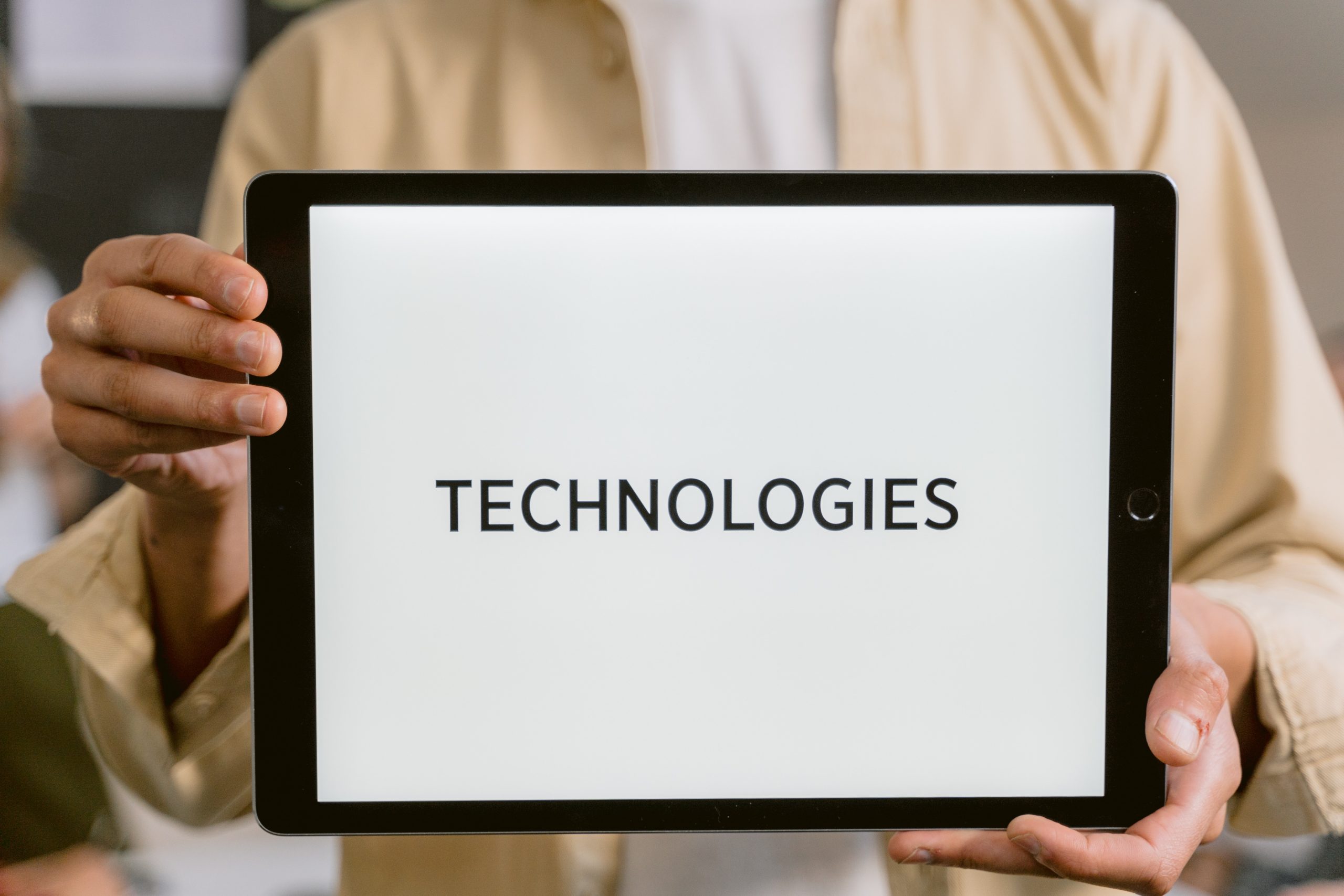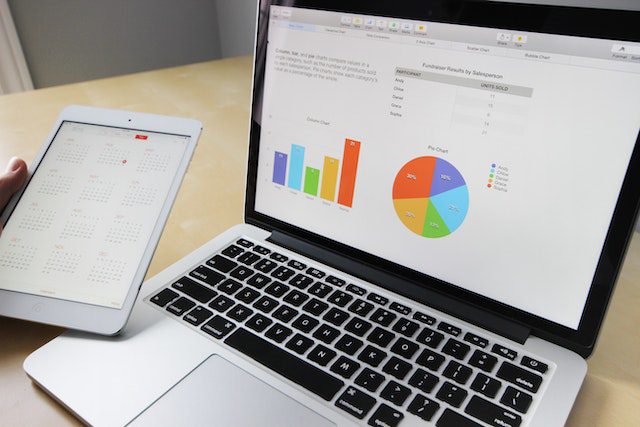Artificial Intelligence has changed the way the world is functioning and moving. It has brought a degree shift in context with how humans live, work, and adapt. The technology has gained immense popularity in the past few months, especially since Open AI launched Chat GPT.
Mosy top-notch graphic design agency, or expert design professionals are equipping themselves with the changing times and technology. In this blog post, we will talk about Trending AI tools for graphic designing right from our expert’s point of view.
Let’s explore the creative side of lasting campaigns, events, and more!
Adobe Firefly Beta Version
Firefly is one of the most trending AI tool used by graphic designers and graphic design agencies to create impeccable designs with just a click. It is a family belonging to the creative, generative AI being used in Adobe products, primarily focusing on text and image generation.
The 2 main features that have designers’ life a lot easier, more creative, and more imaginative in Firefly are –
- Text to Image
- Generative Fill
So here’s what’s there in the text to an image that is making people go crazy!!
In text to image, all you need to do is put your imagination into words “called prompts,” and there, boom! Your imagination comes as an image with everything that you described that too in seconds.
Sounds interesting? Let’s move on to generative fill!
Once you know what this feature holds for you, we are sure you will thank us in the comments below for letting you meet the expert of your design life.
In generative fill, you can bid goodbye to traditional image editing tools that took hours to add or remove a particular object from that image. You can proudly say hello to erasing or adding objects in the image in seconds.
Furthermore, it has a pan option which gives you the liberty to move objects from one place to another within the image itself.
This magical AI graphic designing tool is truly limitless. It covers you with 8 different styles for designing. It enables you to choose the colour, lighting, brightness, and composition options, unlike other AI tools.
Wondering what more it has in the box?
Here you go; it is not just limited to designing with a particular forte. It gives you 4 options to generate images related to content such as photos, graphics, art, etc.
Who said it’s just this? There is more to it; keep reading!
You can leverage different aspect ratios because it has separate columns for them, namely Landscape, Portrait, Square, Widescreen, and Vertical, to fit your image to your desired dimension.
Okay, let’s not keep you waiting; let’s just say this tool is limitless and helps you create things beyond your imagination.
We know time is ticking; here is another AI tool for graphic designing. It is also used by designers & design agencies to provide the best results in optimum time.
Stable Diffusion Deforum
This is another trending AI tool that is shaping, colouring, and designing the world the way it is desired by people.
This tool offers an ample number of plug-ins for use, but Automatic 11 11 is the most widely used among all.
The variations it can help you with are –
- Text to Text
- Image to Image
And more, depending on your requirement.
There are also 3-D and 2-D plug-ins for designing some really cool work, such as an endless loop video and more.
However, stable diffusion deform is complicated to use and requires mathematical and analytical skills, but it produces top-notch results that are sure to bring a huge round of applause to your table.
While on your journey of exploring trending AI tools where various brands such as Adobe have rolled out their AI version for designers, Do you think Google has something for you?
Yes, you are absolutely right; the leading brand, Google, also has its renowned AI tool called Google Bard. It is a top tool used by content writers in crafting impressive content.
Are you wondering how it will help designers like you?
Google Bard
As we all know, designing is not restricted to drawings, shapes and figures. It requires more imagination, content, and creativity. That’s where Google Bard comes in.
Let’s make it simple for you with an example!
For instance, you need a few points to make a storyboard for a topic, “Time & work efficiency” You can simply put the prompt related to your topic, and it will give you results that are relatable.
What sets Google Bard apart from others is that it is a credible tool because it tells you the source from where it picked up the data. This will, in turn, help you know your ideas even better and will take away your worries related to data credibility.
Let’s explore a few more AI tools to help you create marvellous work in seconds!
Fronty
Fronty is an innovative AI tool that bridges the gap between design and development. By converting image designs into functional code, Fronty simplifies the web design process and allows users to effortlessly transform a simple picture into a fully operational website.
It generates custom HTML, CSS, and React code, offering flexibility for both designers and developers. With its ability to accelerate the web development process, Fronty significantly reduces the time it takes to go from concept to a live site, making it an indispensable tool in the field.
AutoDraw
AutoDraw, developed by Google, exemplifies the accessibility of AI design tools. This tool effortlessly transforms rough sketches into polished illustrations. By utilizing a machine learning algorithm, AutoDraw predicts the intended drawing and provides a selection of refined sketches to choose from.
It revolutionizes the process of quick sketching and ideation by integrating AI. Whether you are a casual doodler or a professional designer, AutoDraw’s user-friendly interface, combined with its predictive drawing capabilities, enhances your creative journey. It is the perfect tool for both complex design projects and casual sketching sessions.
Conclusion
Artificial Intelligence is here to help you save time on research. It has been introduced to help you produce great results in less time so that you can grow faster and helps you in getting a rough plot of ideas that are impressive and result driven, but we shall never forget human intelligence is the driving force. Let us know in the comments which AI tool you found interesting.







